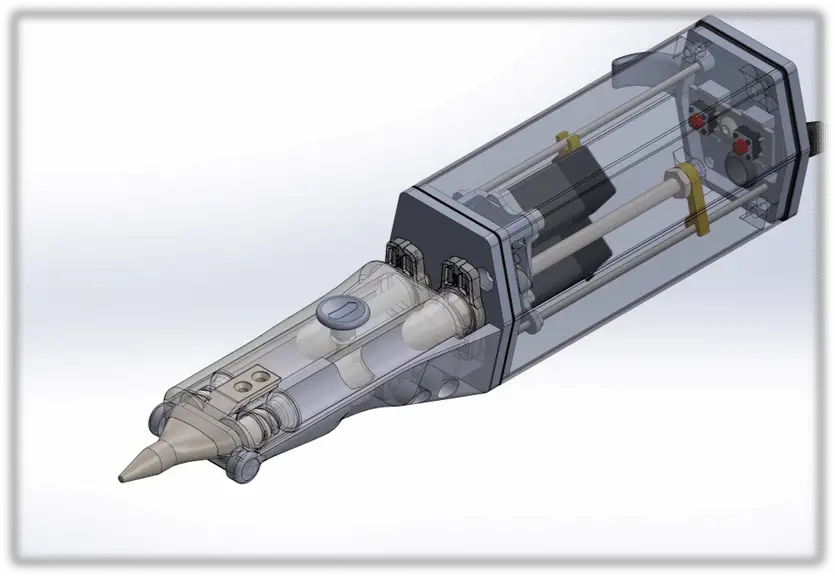It looks like it won’t be long before we can finally say goodbye to osteoarthritis, thanks to 3D bioprinting technology.
You’ve probably read about 3D printed bionic hands. Or that medical miracle a couple of years ago when surgeons implanted a 3D printed rib cage and sternum on a lung cancer patient. Today, the spotlight is on 3D cartilage printing.
Why? Because – drum roll, please – it may just be the answer to osteoarthritis.
The normal aging process can take its toll on the human body. A healthy body has cartilage between the joints – body tissue that acts as a cushion to absorb most of the impact during movement. But as we age, cartilage is subject to wear and tear allowing our bone to rub on each other. The condition is referred to as osteoarthritis.
The Australian Institute of Health and Welfare (AIHW), in its Australia’s Health 2016 report, states that approximately 2 million Australians suffer from osteoarthritis.
The most common patient complaints include sharp pain during movement; joint stiffness upon waking up or after prolonged immobility; grating, cracking, or clicking joints; and limited movement.
I don’t know about you but simply imagining the rubbing of bone on bone already makes me cringe in pain.
Thanks to a revolutionary 3D cell printer designed by Professor Peter Choong, an orthopaedic surgeon from Melbourne’s St. Vincent’s Hospital, we can (hopefully) all avoid the discomfort associated with osteoarthritis.
Since it’s original invention in 2013, a team from Australia’s ARC Centre of Excellence for Electromaterials Science has subjected the pen to a meticulous redesign process.

Just recently, it has been used for a clinical trial involving sheep diagnosed with osteoarthritis. Think of it is a pen-like printer.
The handheld device has a special bio-ink which contains the patient’s own stem cells placed inside special ink cartridges. This ink is then “printed” in a hydrogel substance that is meant to protect the cells until such time that they are able to fully live into the joint.
In a typical 3D bioprinting process, it would normally take days, at the very least, to grow and cultivate cells that could turn into viable tissues. With a BioPen, the cells are directly “drawn” onto the bones during the surgery. The cell printing happens in real time.
The results on the clinical trial conducted on sheep were nothing short of amazing. In fact, cells produced by the BioPen are enjoying a 97 percent survival rate thus far.
This appears to be promising, don’t you think? This is the kind of stuff we once thought we’d only see on some futuristic-themed movie or television show. But, yes, this is real life.
As we move closer to the possibility of a human clinical trial happening soon, we are also moving closer to our dream of having a world free from the aches and pains of osteoarthritis.
Isn’t technology amazing?.






